When creating systems, processes, journeys, or interfaces, we frequently discover the importance of minimising friction or effort between the user and the product. While too many obstacles on our path can impede one’s ability to realise the product’s value quickly, is it truly beneficial for product adoption and retention to seek out and eliminate all potential labour?
Table of Contents
Are you going nuts (and bolts)?
Considering a home makeover? Engaging the services of an interior designer emerges as a practical option. These professionals possess expertise in their field, with an in-depth knowledge of trends, materials, regulations, and ergonomics, as well as an array of tips and tricks to transform even the most challenging spaces into your envisioned dream haven, all while respecting your budget constraints. However, no matter how good the outcome, such an out-of-the-box solution might leave the tenant with a sense of dissatisfaction, or at least itching to move some objets d’art around the house.
On the other hand, do you feel like evaluating the bookshelf or deliberating over the layout of your new fitted kitchen you’ve just assembled? You’re probably too tired of the screw gun’s noise, broken down from all sorts of positions; maybe you have cuts and bruises on your body and hate your life. But is this the real cause? I don’t think so. You put an effort into it, it’s yours, BOOM, you admire it on behalf of the IKEA effect. Expect big, everlasting love if you stage it all yourself in the official configurator.
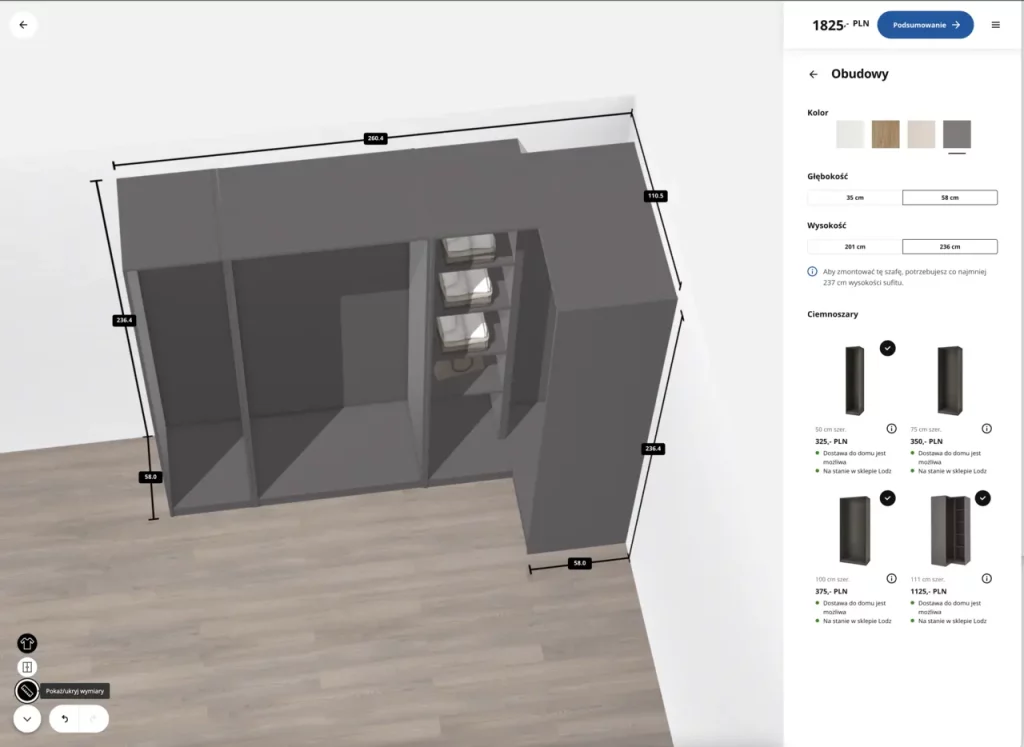
You might say it’s just the result of the effortless Swedish design and sensible pricing. But have you ever baked anything using an easy cake kit? Did you catch that all of those recipes call for some extra shopping – usually eggs – something available at any convenience store? Come to think about it, powdered milk or eggs could be easily incorporated into the mixing base, with others measured and packed like condiments for the cup noodles. And in the 1950s, instant cakes were self-sufficient, but they didn’t get traction because they were too easy to make!
It’s not madness! This effect has its name!
The same idea, known as the “IKEA effect”, was first introduced by Michael I. Norton, Daniel Mochon, and Dan Ariely in a 2012 paper: The IKEA effect: When labor leads to love and applies to working holidays, harvest trips, build-it-yourself toys, and self-assembly furniture, not to overlook all the arts & crafts DIY projects. Incorporating your effort into a product can be enjoyable, make you appreciate the end result even more and increase your performance. Labour is also essential to our well-being: maintaining fitness and boosting concentration and resiliency. Completing a project or a task in an app results in a rewarding dopamine release. Learning, motivation, memory, behaviour, attention, mood, sleep, movement, cognition, pleasurable reward, arousal and lactation are all fascinating areas associated with this “feel-good” hormone. While sexual excitement and breastfeeding rarely have the highest priority in the product lifecycle, making our project easily learnable and memorable in a satisfying way is what really feeds the fire.
When individuals try to create something with their own hands, they tend to attach a sense of worth to the result of such a great magnitude that they are convinced that their self-made creations can compete with the works of professionals. It can still manifest even if one is not enthusiastic about working on a project or product and is not externally rewarded for labour.
This effect is based on three commonly observed cognitive biases:
- the need for mastery – some people have a strong urge to prove their worth and showcase their abilities in different areas of expertise – even (or maybe above all) at a family dinner.
- the desire for a sense of purpose – people want to find intention and meaning in their lives by having a fulfilling job, meaningful relationships, and doing things that align with their values and passions since finding a clear reason for their existence and feeling like they are contributing to something greater than ourselves is important.
- the inclination to favour things we have a personal connection to – this attachment based on emotions and memories can greatly influence our decision-making and lead us to gravitate towards products, events and relationships that feel personally meaningful to us.
Just watching others assemble things can tease our mirror neurons, triggering a feel-good reaction and providing us with the feeling of utter satisfaction. Especially if a soothing commentary by James May accompanies the act of creation.
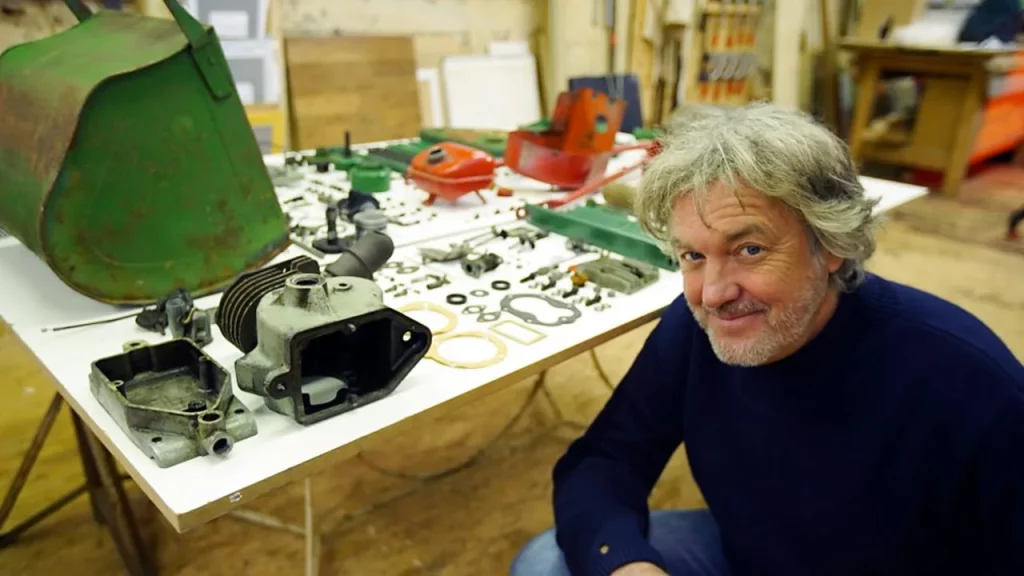
IKEA effect beyond the screwdriver
Make it pop!
The desire to leave one’s mark in the world dates back to the Upper Paleolithic, but let’s not dig THAT deep; just accept how far we’ve come from cave paintings through WordArt, ClipArts, HTML, to CSS, .JS carefully crafted templates, engineered patterns, animations and micro-interactions, and apps that make even more space for self-designed and self-curated content.
Although there’s a general consensus that less is more and clean design works better, choosing the perfect typeface and font size may not be a big effort or artistic accomplishment. Like, seriously, he who never used WordArt while playing with the first versions of MS Word…

My friend runs a company that provides stellar accounting and personnel services, partially based on documents with funky indentations and WordArt titles made by his employees. Their authors were so attached to their compositions that any attempts to replace this grotesque with clear, user-tested templates were futile. Two new ones sprouted in the spot of the one taken away – that’s how strong was the affection for their own work.
Toying with MS Word or Pages has always been risky, as your document content tries to do capoeira each time you try to add or move a media object to make your message visually attractive.
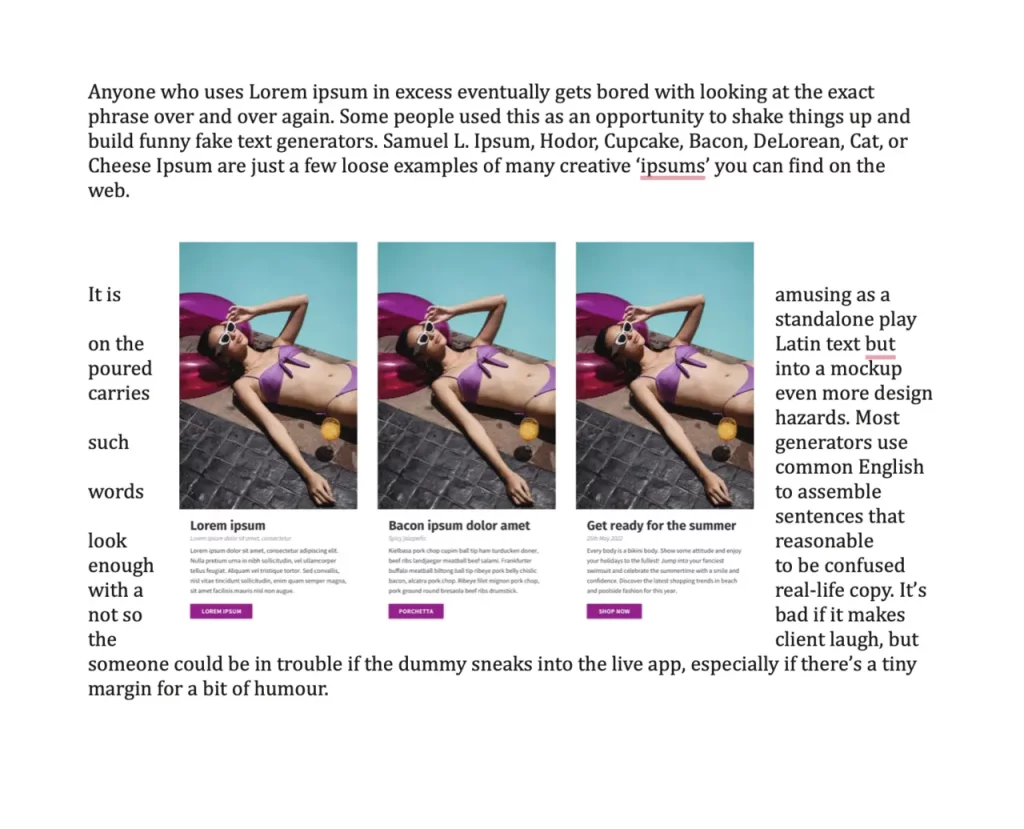
And then, online design tools entered in their full glory. With lots of prefabricated artboards, text layouts, stickers, image masks and stock media at the fingertips, anyone can create a ready-to-use social media story, post, logo slideshow, brochure – you name it – and then share them with other users or send it to the printing office.
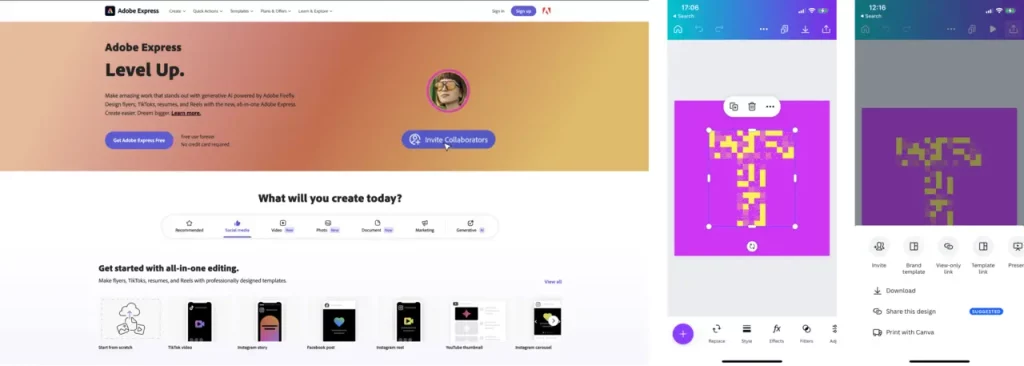
For busy or less imaginative users, hundreds of thousands of templates are ready to change the text from placeholder to corporate message. But an ordinary copy-paste can be insufficient when the urge to show one’s spark of genius on the canvas kicks in to fix some paddings, margins, realign texts or stickers. With intuitive visual editors and smart filters, one can ramp up your Internet presence even more.
Still too much fuss? The most spontaneous influencers use only their social media apps, where a vast assortment of effects, gifs, tags, music, drawing and text tools are waiting to enhance and embellish every piece of their stories within minutes, pushing for more interactions and higher perceived value.
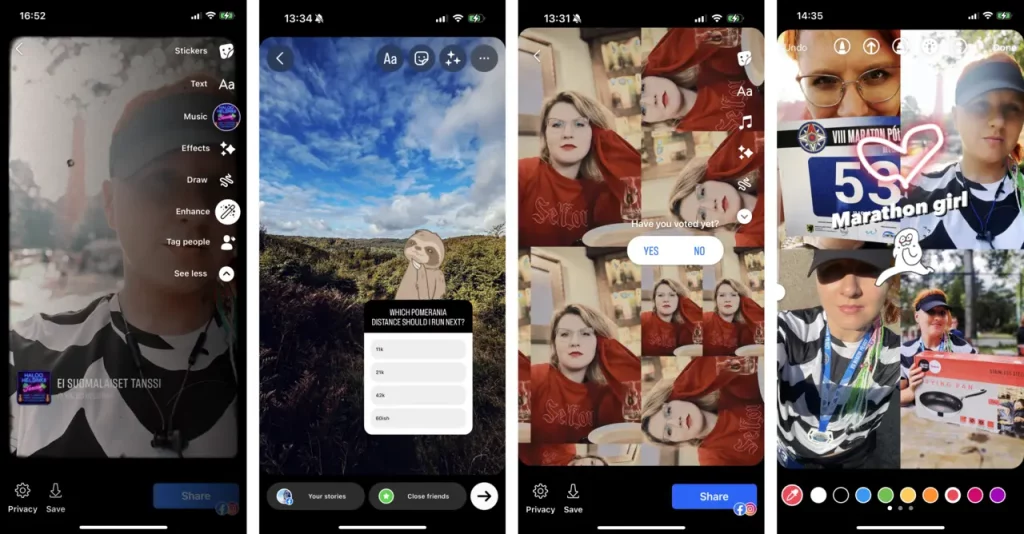
Let’s make this space MySpace
Setting up one’s own basic space on the Internet has always been quite effortless for those with Internet access. The need for customisation has always been strong; the first sites also needed something extra in the form of a picture, colour scheme, or funky text formatting.
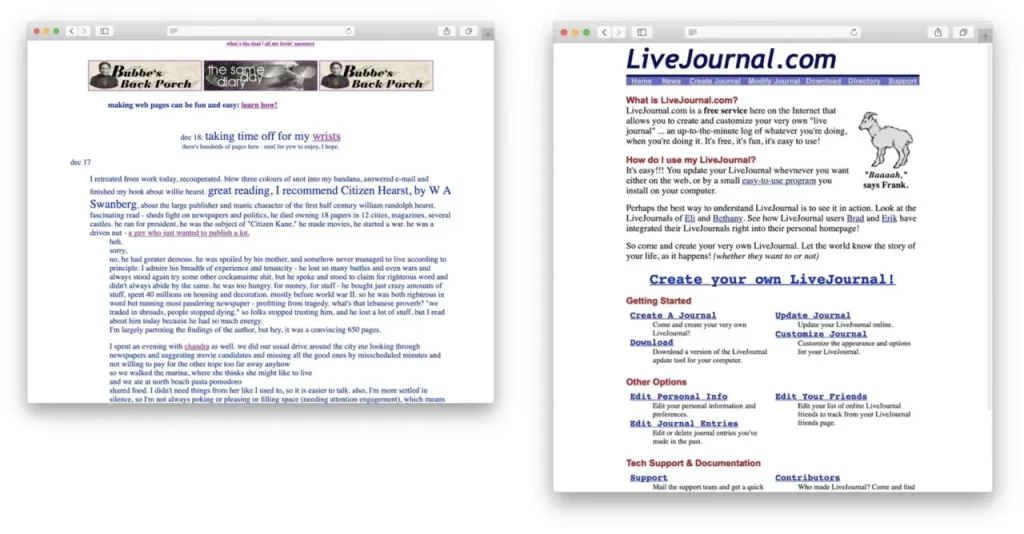
Although the golden era of MySpace.com ended with the arrival of Facebook, this social network service made some bold statements in the Internet of the 2000s. It was really hard to miss this hub for colourful user pages filled with favourite songs, GIFs, blog posts and colourful backgrounds. Their design was all over the place with the hodgepodge of fonts, contrasting colours, media, and widgets – all covered with glitter. However, that made it an open environment for anyone before inclusivity was cool. Such customisation wasn’t always the cleanest or the most accessible, but it made users feel like one of MySpace’s designers and eased a significant number of teen users into adolescence.
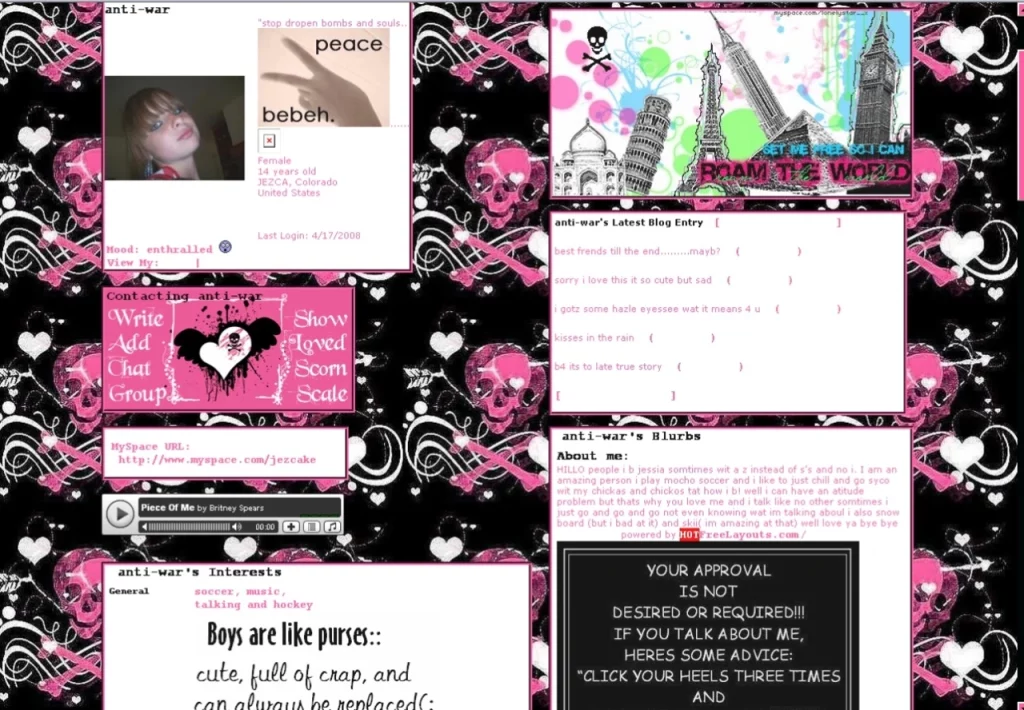
Blogs have undergone a significant evolution in terms of design since then, and creating an individual website with no coding skills has become more and more accessible. With WordPress’s open-source code introduction, the possibilities of adding one’s personal touch expanded exponentially. Themes and plugins can be installed and customised by users without web design experience, which results in the flourishing of personal blogs and sites. Therefore, blogging and website-building services, such as Medium.com, Squarespace, or AI website generators, leave users room for expression and configuration, not only for the obvious business reasons (like it’s nice to have one’s profile/company name and details on the page) but also to strengthen users’ sense of ownership and satisfaction with the tool.

While those websites may not be flawless, it’s important that people can create them without any design or coding expertise. Although they may not be completely satisfied with the default versions, they should still feel liberated from the blank page paralysis and motivated to adjust those sites to their needs and likings. After all, even small tweaks only fuel their fondness for the outcome.
Give your favourite music a face to show
The organic drive to put one’s sweat into a store-bought product can be observed in a wide array of products. One of the most interesting and iconic products that has unleashed a wealth of creativity was Winamp (it really whips the llama’s ass), which allowed for endless hours of customisation: from fine-tuning colour combinations to creating skins with images and styled controls:
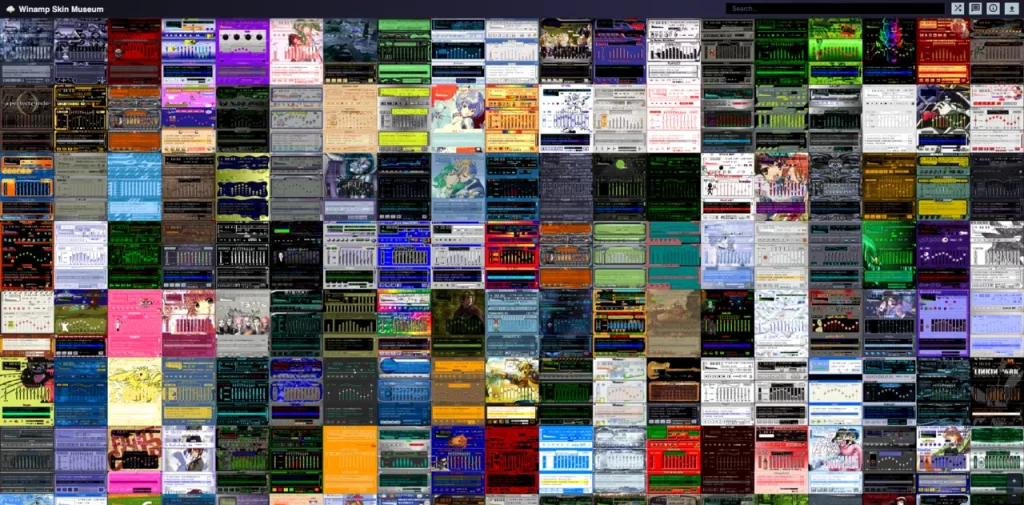
Changing Winamp’s skins or searching for this one Windows Media Player visualisation that perfectly encapsulates our current mood can undoubtedly be an important part of the user experience. It is so important that you can visit web collections of those artistries. Still, when it comes to business, a music player with a vast music and podcast library is far more useful than one with all-around interface customisation but no online media library or insufficient support for lossless audio. Even some of the most dedicated users had to acknowledge the rise of streaming platforms, despite the fact that most of the customisation they offer is a playlist name, description, and cover photo:

Pimp your OS
So as not to crumble, let’s bring up the everlasting dispute: Android vs. iOS. Or: Windows vs. macOS vs. Linux. One of the points in this discussion is users’ ability to modify their experience regardless of the excellence of the original design. Installing widgets, launchers, and icon packs are some ideas for meddling with an Android device. The bravest users exchanged warranty for total control over the phone by rooting their devices if a particular model’s outer looks or hardware suited them better. Even Apple caved under pressure and gave users some freedom of construction and artistic expression with widgets and home screen creators. It doesn’t seem to be much, but it provokes enough effort for the users to value their devices more – not only because of the affection towards the loved ones portrayed on the wallpaper.
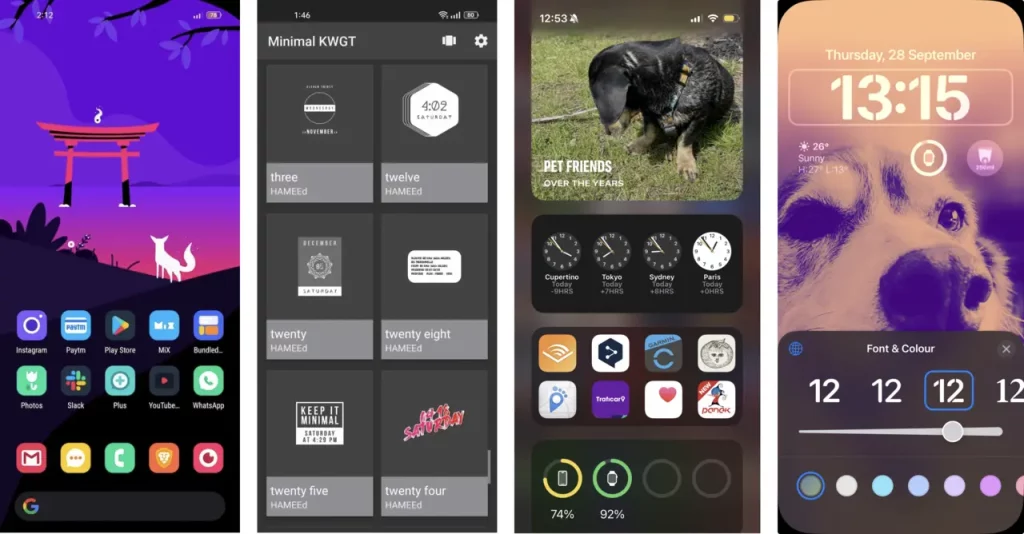
Take also the Linux users. Some openly admit that selecting the right theme and tuning everything to their taste is vital to their user experience. Even if one looks mostly at the terminal, those command lines will be displayed with carefully selected fonts and surrounded by appropriate ASCII art.
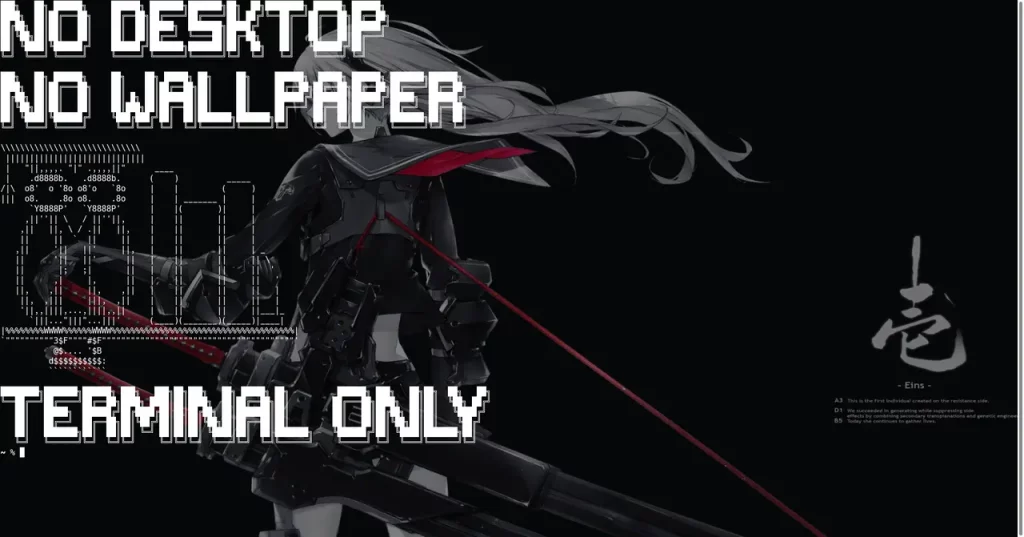
Unblock your workflow
In the realm of digital tools and services, flexibility and adaptability have become pivotal features that empower users to tailor their experiences to their specific needs and make them love their work environment a bit more. From personalised emojis, labels, dashboard layouts and themes through extensions to elaborate workflows and scripts for automation, customisable tools not only support the 7th Nielsen’s usability heuristic, “Flexibility and efficiency of use”, but also empower individuals and businesses to adapt their processes to unique needs and preferences. Configuring each adjustment takes up some resources but ultimately reduces friction and enhances productivity, the sense of invested resources, and the emotional attachment towards the tool.

While reducing process burden, automating mundane tasks, and knowledge-sharing are formidable aspects of shaping one’s tool, let’s not forget about tools that encourage joining efforts to give each app some identity but also frivolity. This can help to create a more enjoyable and familiar environment for the team and build stronger bonds with colleagues and the brand itself.

Let’s build ourselves other worlds!
Minecraft provides limitless creative opportunities, enabling dedicated players to recreate everything from Disney World to the Taj Mahal. The effort put into these impressive creations is undoubtedly challenging. It thus sparks the IKEA effect that leverages user satisfaction and a sense of deed. In this sandbox world, every block placed and every structure built is the effect of the user’s intention and invention. The sense of accomplishment that arises from seeing one’s digital creations come to life can be truly gratifying, cultivating a deep fondness for the end result. At the same time, seeing one’s creations being destroyed can be profoundly and emotionally devastating. Even though, as virtual creations, they cost only idea and effort and provide an experience limited only to the game interface.

Similarly, the world of Roblox is incredibly diverse, with an abundance of different communities and worlds to explore. You can find anything from bustling cities to fantastical realms, each offering a unique playground for players to socialise, build, and explore. These communities are made up of members who contribute their creativity and personal efforts, whether it’s holding a realistic “holy” mass, running a political party, or creating an otherworldly fantasy land. The contributions of these members are essential, and their actions can make any issue that arises in the virtual universe feel like a real-world predicament.

Does it mean I should build another Canva, WordPress, or The Sims from now on?
Gracious me, no! But there are some exercises you can intertwine into your products, meetings, team activities, and processes that might inspire across-the-board ownership, collaboration, and maybe even fondness in both the makers and the users.
Let your user do some job
An unofficial rule in web navigation suggests that an action or information should be within a range of three clicks (taps) to make the product useful. On the fourth click, the user will most likely get frustrated and storm off the site. Most of you can probably sense from across that this makes very little logic. With each action, the user gains more and more information about the system, its patterns, affordances, and content. Leaving right after the third click would mean finding and learning another system – that’s not very resourceful. When people expect to see benefits down the line, they are willing to invest some of their time and effort into a process. Such flows require a bit more time to design and develop, but if executed properly, user investment creates a positive friction that makes the whole experience more memorable and increases the product’s perceived value.
Take Spotify or other streaming apps, where the users have some tasks to perform and some wizardry on the app side before they can start listening to music or podcasts. Selecting at least 3 artists one likes is not much, but it’s an honest work that allows Spotify to smooth the way for discovering more tunes and shows that resonate with the user’s taste.

Over and above, by wrapping some labour around the user onboarding, you can provide a delightful tutorial experience that showcases the magic of the product in action. Duolingo could start the experience by asking users to create their accounts, sign up for the newsletter, and start a free trial of the premium version… We all probably know this flow from many apps. Instead, Duo walked me through a levelling test introducing me to Eddy, Junior, and other Duolingo characters, showing different types of exercises. After 10 minutes of such brain-teasing, I had a humble streak, got rewards, and got assigned to Section 3 – still with no pressure to create an account. I could just go to the bookshop and buy an intermediate German handbook, but it wouldn’t say that I earned this level. Do I want to gamble with this feeling of mastery and well-deserved pampering and not create an account? Probably not.

Even if there are some ups and downs in the learning journey, it’s fine since people remember to evaluate it based on how they felt at its peak and its end.
Rise your learning to the next level
One of the most popular methods for learning things is flashcards – small, portable cards with information for memorisation. Flash cards can be made from various materials, including paper, cardboard, or even digital formats. They are a popular and effective way to improve memorisation and retention of information on almost any topic. But the secret of an effective flashcard set lies not in the portability of those bite-sized chunks of information. Just picking one’s own illustration for the card gives the learner an extra shot of love and dopamine and creates a personal anchor between the learner and the information.
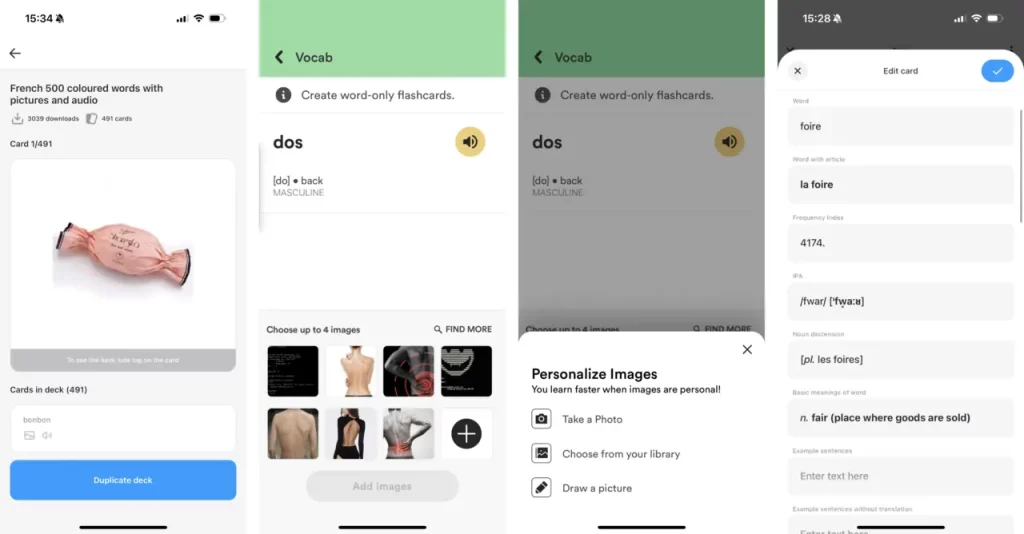
Adding some excitement and a personal touch to the training, designing an adaptable learning path that is open for discussion and input from the consumer also increases the chances that one will keep discovering and reviewing new things with zeal and consistency.
Patience, My Dear
You’ve probably seen the image with the price list for design services that depends on the client’s engagement:
| I design everything……………………………………..…………………………………..………………………………….. | $100 |
| I design, you watch…………………………………..…………………………………..……………………………………. | $200 |
| I design, you advise…………………………………..…………………………………..……………………………………. | $300 |
| I design, you help…………………………………..…………………………………..……………………………………….. | $500 |
| You design, I help…………………………………..…………………………………..……………………………………….. | $800 |
| You design, I advise…………………………………..…………………………………..……………………………………. | $1,300 |
| You design, I watch…………………………………..…………………………………..……………………………………. | $2,100 |
| You design everything…………………………………..…………………………………..……………………………….. | $3,400 |
How many times have you wanted to put one on your desk? How often have you wanted to roll your eyes, saying, “I told you so”? Or maybe it slipped out by accident?

Yes, the design process might resemble the tug of war, especially if you’re dealing with a control freak. Still, several things might motivate those actions: business economics, personal and professional development, sometimes even unfulfilled ambitions of being an artist, or at least communicating abstract concepts in a more precise manner than “I (don’t) like it”. But also, people like to act – they feel needed, important, and included that way.
So hey-ho! Your stakeholders want to be seen and engaged in the creative process! Consider those signals and invite them to play along; your mastery won’t shrink just because you let your client’s effort in. Quite the contrary, you might educate and earn a loyal design advocate!
Because – you should feel that at this point – hiring you to design something without making any additional effort or remark can feel painfully too easy for your clients.
Some loose ends can get your buy-in
I had a call regarding a truly exciting project that was a combination of tight deadlines, immense domain knowledge spread across various stakeholders, and some black magic. Even though the whole party was super-duper nice and helpful, it was the first walkthrough around a refreshed user journey with a person from the client’s upper management whom… I had dreaded. Some advised me to polish the whole concept and maybe send it as a PDF for a simple yay/nay to avoid live discussion and potentially uncomfortable questions. I’m fine with discomfort, so contrary to my colleagues’ hesitations, I felt I should leave a few rough edges in the design and meet its destiny over a call. You only live once, so let’s get everyone involved!
When I heard “Let me entertain an idea…” in my AirPods, I felt a deep wave of relief at the back of my head. *En-ter-tain…* 🥺 This call wasn’t planned to be a workshop with engaging activities, yet someone played with this design. The mockup was fairly neat, not to draw attention to the aesthetics, but open enough to spark some discussions about the essence of the project and even encourage some puns.
Bear with me – puns were the least important element of that call and its vibe. Humour is a delicate matter, and the more cross-cultural winds blow, the more challenging it is to lift off and land a joke safely. The big deal here was that the party people felt relaxed and present enough to connect in a playful flow.
While staying up the night before the pitch to shine your presentation, refine all the writing, add one genius idea to the plan, and move this last pixel back and forth might be admirable. But glossy things can be uninviting – we don’t want to touch or move them around because then all the stuff is covered with your fingerprints. Meanwhile, you should want your stakeholders to be curious, invite them behind the scenes, make comments, tie some loose knots themselves, ask questions, and express doubts as early as possible. You may even invite them to get dirty and playful, acting as designers, testing ideas, and thinking aloud with no sense of obligation or critique. Listen to what you need, not what you want. You’ll learn a lot from their perspectives, catch some flavours between the lines, reach the source of the problem, and strengthen the team’s sense of confidence and ownership.
The more the merrier, the better for the project
Engage various team members, or at least representatives of different divisions, in the project discussions as soon as possible. Nobody likes to put their time and effort towards a non-existent or worthless goal. Let others contribute to the research, have fun during workshop activities, and share conclusions, designs, and code snippets for discussion. You’ll gain a team of hard-working product advocates who understand its business goal and share a strong sense of ownership over the product and motivation to develop a state-of-the-art product that keeps all parties happy. Another, even more important benefit of joining efforts with diverse team members is the introduction of a wide spectrum of human types to our design debate.
We want to be recognised as skilful professionals who don’t need to be led by the hand but appear almost self-sufficient. These know-it-all experts have answers to all the questions. Still, it is crucial to keep in mind that not everyone possesses the same abilities and conditions on many fronts of their daily lives. By inviting people who have faced significant levels of exclusion to the whiteboard, we are taking into account a broader spectrum of perspectives; we can craft more comprehensive and advantageous solutions or even hearten an innovation that benefits all*.
While taking care of your clients, don’t forget about your colleagues. Apart from verifying roadmaps, story points, and deadlines, lean together on the workflows, strategies, and even interpersonal matters if they are in your jam. Consider running all-hands meetings, which are company/department-wide gatherings between management and all employees where the most important issues for the development of the company are discussed. Not all members might want to take an active part in the team-building process. Still, sometimes, an invitation is enough to make others feel informed, but most importantly – included in the proceedings.
The effects of such contributions ripple beyond a single meeting, sprint, or project, empower each participant to be a more confident and proactive member of the community, and create empathic, inclusive environments that spark innovation.
Be also mindful of…
…we-didn’t-make-it-itis
Taking control of a project formed by another person or team can often be difficult due to the potential lack of emotional engagement in the existing issues. The compelling influence of the IKEA effect could very likely make the new team underestimate the quality of a project they did not commence. Suppose there is no emotional connection to the current state of affairs. In that case, individuals may either lack the personal investment and pride that drive enthusiasm and motivation to effectively apprehend and lead the team or try to start it from scratch regardless of the health of the project.
Such a project conundrum might occur not only upon transferring the project from one company to another but also, and perhaps primarily, between, for example, designers and developers who entrench themselves in their own domains even though they work on the same assignment. Breaking those silos and – at least – administering an extensive project handoff could help to spread not only knowledge but also love towards the joint result.
…others’ feelings
One of the artefacts particularly vulnerable to the IKEA effect is prototypes. It doesn’t matter if it’s a pixel-perfect work of art filled with carefully timed animations and micro-interactions or a low-fidelity makeshift; you’ll probably become attached and hesitate to change it or throw it away.
Be especially careful about discussing any work in progress with external stakeholders. They might fall in love with an unfinished project, sign it off, and allocate the rest of the design budget to other features of the project. While internally, you can reconcile with the sub-par design, the real customers might not be willing to pay the prices set for the product.
While revamping a product or adding a new feature using fresh design or cutting-edge technology might excite you, some stakeholders on your team might have participated in building the current version. Even if they don’t admit it, they might perceive their solutions (ideas, code, architecture, designs, etc.) as universally timeless and are likely to get emotionally attached to their creations regardless of their quality. Like a child proud of its Lego construction. Change is the only certain thing in life – product management included – but if the previous authors are still working with you in the company, keeping them informed about upcoming revisions may provide a nice closure to this part of their career.
…sunken cost fallacy
The IKEA effect is often intertwined with the tendency to continue investing in a project or decision based on the resources – be it time, money, or effort – already committed despite new information suggesting it may not be the best course of action. Consequently, when facing a situation influenced by the sunken cost fallacy and the IKEA effect, individuals may find it challenging to disengage from their prior investments, seeing them as a rationale for further commitment, even when it becomes evident that the effort is unlikely to render favourable results. Surrendering to these biases can lead to suboptimal decision-making, as emotions and a fear of giving up previous projects take precedence over a rational evaluation of the current situation and potential future benefits.
…irrational rationalisations
It can be difficult to accept that not everyone shares our enthusiasm for our product, and it may be disappointing to realise that others do not always appreciate our creative efforts. Coming to terms with the fact that not everyone may appreciate our creations can be a transformative experience that helps us develop a more realistic and objective perspective. Recognising that our ideas may not always be the best and embracing an objective mindset is crucial for successful management. It’s important to avoid overvaluing our investments and strategies by acknowledging that they may not always be the most valuable or effective.
The same rules apply to any domain that includes bringing things to life, whether it’s creating a humble document, working on a project, building a team, a community, or a whole new world. And owing to the evolving technology, anyone can feel like a pro without domain secrets, lingo, overcomplicated apps with finger-twisting keystrokes needed, or omnipotent hardware. We can feed our artistic egos and achieve our dreams of becoming painters, DJs, podcasters, carpenters, architects, decorators, make-up artists, animators, leaders – you name it. Most of these productions stick out compared to the work of a professional, but hardly anyone in the most immediate audience cares; the authors love their creations unconditionally.
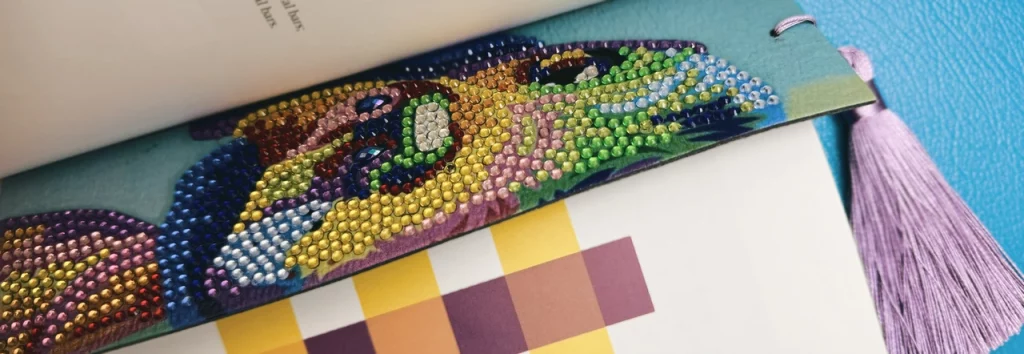
Even people expected to have a curious, critical mindset fall into the trap of the IKEA effect and bond too much with their creations from the early design stages. Boost it with effort and a lot of Dunning-Kruger effect, and you might end up recklessly emotionally inseparable from your creation or any critical response. Try telling some of the “America’s Got Talent” contestants that their performance wasn’t the most perfect and unique. I double dare you. Or at least convince some of my students that their first sketches lack substance. And no, it’s not because any other artist wouldn’t change a single pixel not to ruin these masterpieces.

Is labour a remedy for all the problems?
Customisation and engagement are not quick fixes for a poorly designed process, team, customer or user experience, and they should not be viewed as a remedy for a subpar system. Even the spell of the IKEA effect won’t turn into a fundamentally broken experience, won’t empower users to make changes and make them fall in love with the product. Any customisation should complement an already positive scenario, and it should be used thoughtfully and purposefully and undergo systematic maintenance and review to ensure it continues to provide the expected purpose and value to the user.
No matter how renowned or well-made a product may be, there is always room for a personal touch to make it even more special. This is also true for state-of-the-art products that are already known for their timeless design, use of high-quality materials, and meticulous attention to detail. Despite being already exceptional, adding a personal touch can make these products reflect the unique character and preferences of their owner. Whether it’s a custom engraving, a unique etui, or a humble sticker, these touches can turn a great product into something truly close to one’s heart.

And, just like not all humans indulge themselves in assembling sheets of coated fibreboards into shelving units, browsing fancy stickers and cases for their devices, and fine-tuning styles in their editors, there are people with a great appreciation for well-designed defaults that don’t require discovering and understanding the system. This includes finding the customisation feature in the first place and comprehending the different choices available. Some users may not want to take part in designing the experience at all, even if it’s easy and psychologically rewarding.
If you believe engagement is an important aspect of product design…
Let’s talk!Head of UX who loves making sense of noise, searching for trends and inspirations, and exploring the humane face of technology. Justyna shares her passion not only within Makimo but also as a lecturer at UEHS, Warsaw, and a co-host of the Let the Tech Out podcast. She writes her own story not only using words and pixels but also brush strokes, seams, knitting stitches, yoga asanas and running miles.



